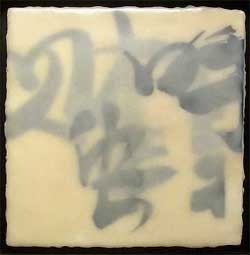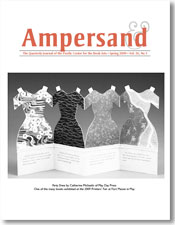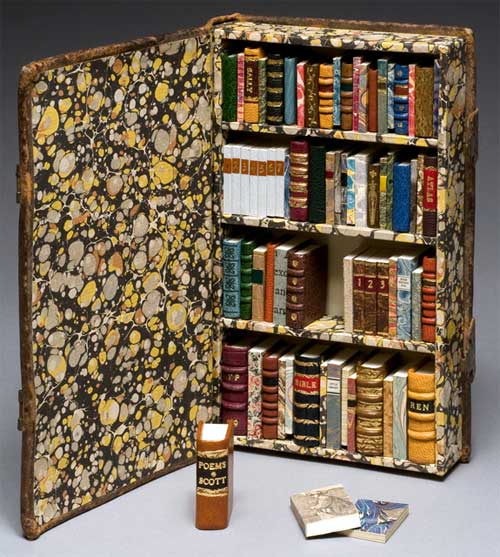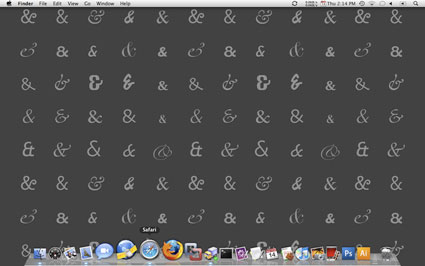Ascenders & Descenders is a typographic reinterpretation of Merce Cunningham’s dancing hands. From this blog:
The piece is a Cunningham dance work reconstructed from textual deconstructions of other Cunningham dance works. Each finger has an associated excerpt from an article, review, or essay on Cunningham from the last 5 decades. These texts become the “ink” with which each finger manifests its movements. Each text is dynamically typeset in 3 dimensional space along the curves traced by his fingertips.
What, from the outside, appear to be subtle manipulations of the hands become a beautiful tangle of diving flocks and waterfalls of letters. Presenting dance in this way, we hope to get closer to the experience of the dance from the inside out.




